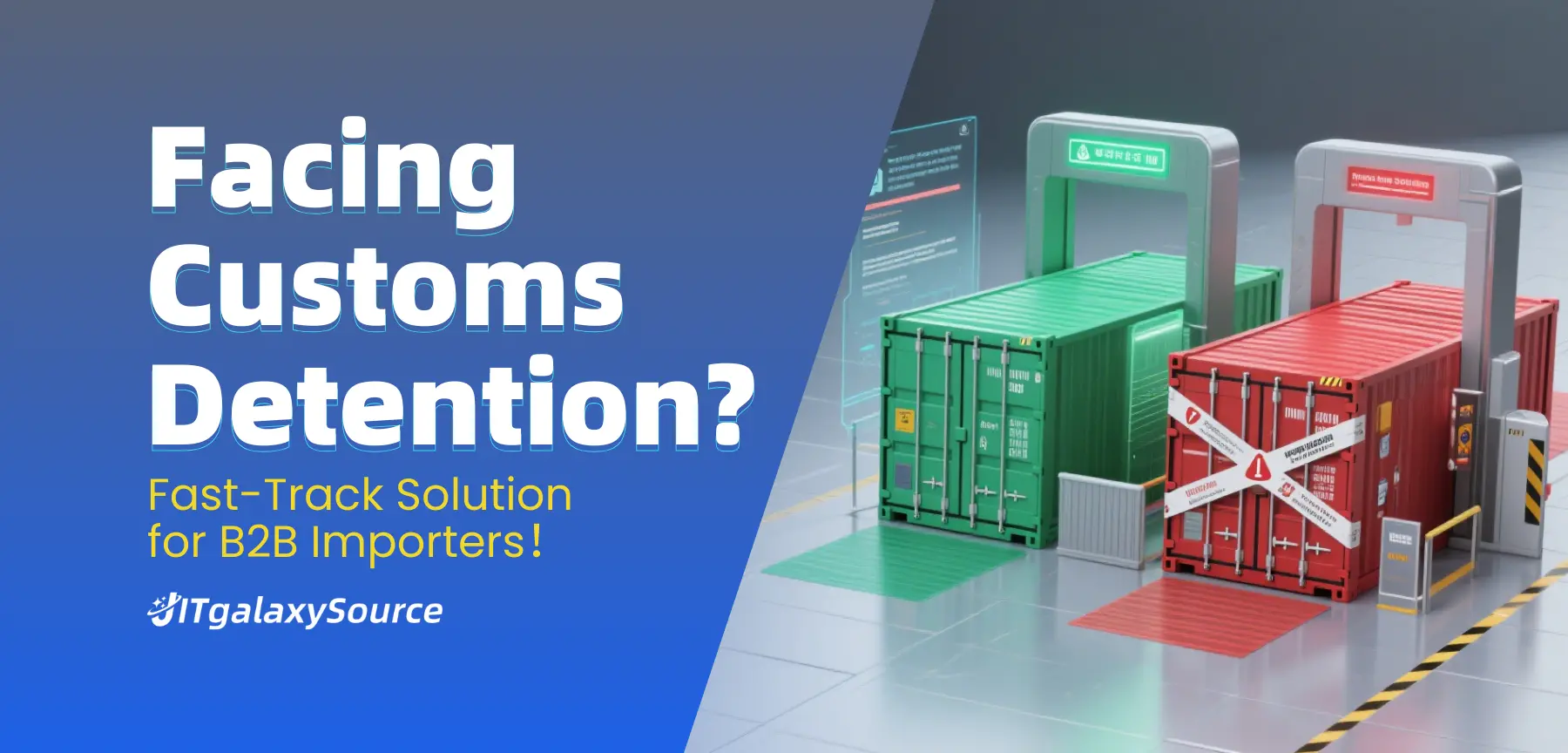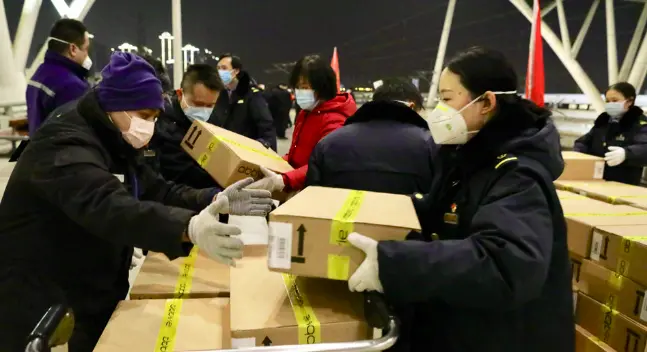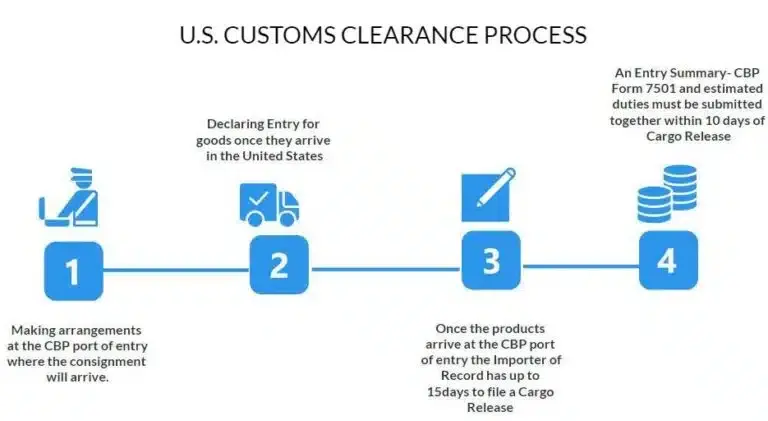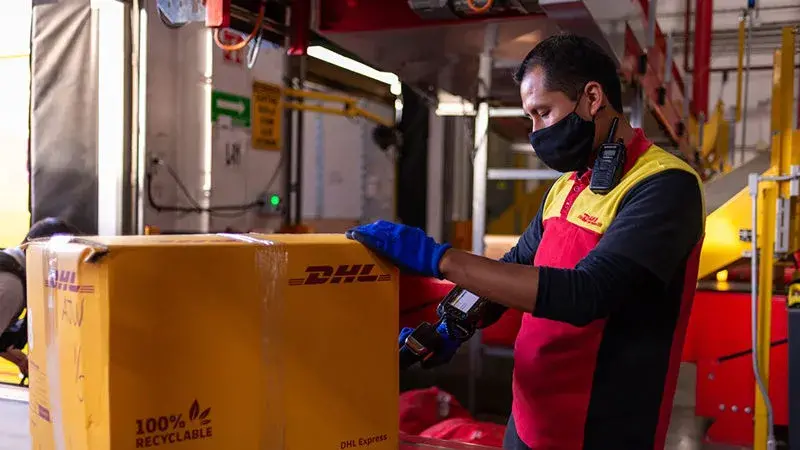Blog
Menu
Facing Customs Detention? Fast-Track Solution for B2B Importers

1、Introduction
In today’s fast-moving global trade environment, customs detention is a real and costly challenge — especially for B2B buyers and international sellers. A single detained shipment can trigger delays, customer complaints, contractual breaches, and even financial losses.
Based on years of supporting overseas clients, this article provides a practical 5-step strategy to resolve customs detention efficiently, along with actionable tips to prevent similar risks in the future. These insights are drawn from real-world experience handling shipments to high-risk markets like Russia, Israel, and parts of Europe.

2、What is Customs Detention?
Customs detention refers to the situation where goods are temporarily held by customs authorities at the point of export or import, due to document inconsistencies, compliance issues, incorrect declarations, or sensitive product categories.
Common types of detention include:
- Technical check – Missing or mismatched documents
- Suspected violation – Undervaluation, misdeclaration, trademark concerns
- Forced return or destruction – Infringement, banned products, illegal goods
Detention ≠ confiscation, but if not handled quickly and properly, it can result in penalties, shipment loss, client cancellations, or even permanent customs blacklisting.

3、Why Your Shipment Gets Detained by Customs
More than 80% of detention cases we handle involve one or more of the following causes:
a) Declaration Issues – In-Depth Analysis & Solutions
Common Problems & Consequences
1.Undervaluing or Misdeclaring Product Value
- Customs Verification Methods:
- Cross-checking with historical import data (e.g., EU TARIC database)
- Comparing prices on e-commerce platforms (e.g., Amazon listings)
- Penalties:
- Additional duties + fines (e.g., Germany imposes 300% of the underdeclared amount)
- Increased inspection rates for future shipments
2.Generic or Unclear Product Descriptions
- Bad Examples:
- "Electronic accessories"
- "Gift items"
- Proper Format:
- "Bluetooth 5.0 wireless earphones, model XYZ-123"
- "Stainless steel kitchen knife set, 6 pieces"
3.Incorrect HS Codes
- High-Risk Scenarios:
- Misclassifying "USB cables" under tariff code 8544.42.00 (dutiable) instead of 8517.62.00 (duty-free)
- Recommended Tools:
- EU: TARIC database
- US: CROSS rulings
Best Practices
- Require suppliers to provide customs declaration guidelines (including historical HS codes).
- Use AI classification tools (e.g., CustomsInfo) for verification.
b) Sensitive Product Categories – High-Risk Items & Compliance
Frequently Flagged Products
| Category | Seizure Rate | Key Requirements |
| Lithium battery products | 38% | UN38.3 test report + MSDS |
| Wireless devices (Bluetooth/Wi-Fi) | 25% | FCC/CE-RED certification |
| Cosmetics/skincare | 20% | CPNP registration (EU) + ingredient testing |
Strict Country-Specific Rules
- Russia:
- Wireless devices require FAC certification (60+ days processing).
- Cosmetics need EAC certification + Russian labeling.
- Germany:
- Electronics must have EAR (WEEE) registration.
- Food-contact materials require LFGB testing.
- Saudi Arabia:
- Mandatory SABER certification (requires a local representative).
Mitigation Strategies
- Allocate 2+ months for certification processing.
- Ship sensitive goods via dedicated channels (e.g., DHL Sensitive Goods).
c) Document Gaps – Essential Fixes for Smooth Clearance
7 Critical Documents
1.Commercial Invoice
- Must include:
- Detailed buyer/seller addresses (no PO boxes).
- FOB unit price + total value per item.
- Incoterms (CIF/FOB/etc.).
2.Certificate of Origin (CO)
- Common mistakes:
- Missing consular legalization (required for Middle East).
- Incorrect origin criteria (e.g., "P" vs. "W").
3.Brand Authorization Letter
- Key requirements:
- Company stamp + authorized signatory’s passport copy.
- Clear product scope and validity period.
Document Pre-Check Systems
- Use DocuSign for suppliers to upload files to a shared folder.
- Cross-verify amounts via Zoho Docs (invoice vs. contract vs. payment records).
d) Packaging & Labeling – Compliance Checklist
Customs’ Top Concerns
1.Country of Origin Marking
- Must be permanent (no stickers):
- "Made in China" (font height ≥1.5mm).
- EU requires importer’s address.
2.Dangerous Goods Packaging
- Lithium battery rules:
- Outer box: UN3480 label.
- Inner packaging: anti-static bags.
3.Mixed Cargo Risks
- Avoid in LCL shipments:
- Food + chemicals in the same container.
- Magnetic items + precision instruments.
Example
A seller labeled a box as "Apple Watch Charger", triggering a counterfeit seizure. Solution:
- Relabel: "Compatible charger for Apple Watch".
- Include a compatibility statement.

4、5-Step Action Plan to Solve Customs Detention
Step 1: Identify the Detention Point & Reason
Ask your freight forwarder or logistics provider for:
- Where the detention occurred (export or import side)
- Customs notice or inspection record
- Whether it's a routine document request or a violation investigation
Tip: Use a local customs broker or a China agent familiar with local customs logic (especially in Russia, Israel).
Step 2: Prepare & Submit Required Documents
Most customs authorities require:
- Commercial Invoice with product names, value, currency
- Packing List with weight, volume, box info
- CO, CE, FDA certificates depending on product
- Brand authorization, contracts, or PO copies
- Product photos or specifications, if required
Important: Ensure all data aligns across documents and avoid rough translations.
Step 3: Draft an Appeal Letter & Communicate Clearly
A well-written appeal or clarification letter can significantly reduce clearance time.
【“We confirm the shipment contains electronic modules, not full consumer electronics devices.
Attached are the product specs, brand authorization, invoice, and usage declaration.
We kindly request expedited clearance based on the attached information.”】
If necessary, Chinese agents or local customs clearance agencies can assist in direct communication with customs.
Step 4: Handle Tax Adjustments or Clearance Options
If customs accuses you of undervaluation, you may need to:
- Pay additional duties
- Choose to clear with higher value or return the shipment
Pro Tip: In many countries, repeat detentions due to underdeclaring can trigger blacklisting. Avoid shortcuts.
Step 5: Review & Prevent Future Issues
After resolving the issue, audit your workflow:
| Issue | Prevention Tip |
| Wrong documents | Use agent-prepared standard templates |
| HS code mismatch | Ask customs brokers to verify codes |
| Missing certificates | Pre-apply for CE, CO, MSDS if needed |
| Labeling errors | Use professionally designed export labels |

5、Real Case Studies: Solved with Speed & Strategy
Case 1: Russia – Mislabeled Electrical Modules, Cleared in 48 Hours
- Client: B2B distributor in Moscow
- Product: Electrical modules (not finished devices), $20,000 value
- Issue: Product label missing “Made in China”, and HS code mismatch made customs believe it was a finished electronic product.
- Urgency: Delivery deadline approaching for a government project.
- Resolution Path:
- Re-designed compliant label samples (bilingual: Chinese + Russian)
- Technical spec sheet to clarify product classification
- Brand authorization letter from supplier
Our Russian customs partner submitted all materials
Shipment cleared in 48 hours with only minor VAT payment
Takeaway: Local partnerships + documentation precision = fast customs clearance.
Case 2: Israel – Suspected Counterfeit, Cleared in 7 Business Days
- Client: Online retailer based in Tel Aviv
- Product: Branded kitchen accessories, $15,000 value
- Issue: Packaging included a logo; no brand authorization provided. Customs flagged the shipment as possible counterfeit and held it for investigation.
- Resolution Path:
- Brand authorization letter (scanned & signed)
- Contract & invoice screenshots highlighting brand usage
- Product photos and factory pictures to prove authenticity
1.Submitted a declaration stating these items were for internal use or own-brand eCommerce
2.Israel customs released the shipment in 7 business days
Takeaway: Trademark issues don’t always lead to destruction — strong documentation makes a difference.
3.How JitgalaxySource Helps B2B Buyers Avoid Detention
We’re not just a China sourcing agent — we are your cross-border compliance partner.
Final Thoughts: Customs Risks Are Manageable — If You're Prepared
Customs detention doesn’t have to mean disaster.
With the right documents, clear communication, and professional support, most issues can be resolved efficiently. The key is preparation and knowing who to turn to when it happens.
If you’re sourcing from China and want a proactive, experienced export partner, JitgalaxySource is here to help — from order to door, and through customs too.
How JitgalaxySource Helps B2B Buyers Avoid Detention
We’re not just a China sourcing agent — we are your cross-border compliance partner.
Our services include:
Full pre-shipment document verification
Certificate & compliance support (CE, CO, brand letters, MSDS, etc.)
Customized clearance solutions for high-risk markets (Russia, Israel, EU)
Real-time support during customs issues
Working with an experienced China agent gives you the confidence that every shipment is clean, legal, and delivered smoothly.
Read More
- Buy from 1688 China in Nigeria with Free Shipping Azambe Lagos Wholesale & Retail Guide
- How to Import Goods from China to Nigeria (Step-by-Step Guide)
- Trusted Certified Second-Hand Medical Equipment in Nigeria
- Importing from China to Nigeria Made Simple with AZAMBE App
- How to Import from China to Nigeria and Start a Profitable Business- 2025 Guide Even From Just 1 Pcs
- How to Import from China to Nigeria and Start a Profitable Business
- Why China Wholesale Markets Dominate Global B2B Sourcing in 2025
- Top 10 Cross-Border E-Commerce Platforms in 2025: Trends, Insights & Sourcing StrategyTrends
- Nigerian How to Use 1688 as Local
- Top Products to Import from China to Nigeria in 2025: A Comprehensive Guide
FAQs to Help You Get Started with JITgalaxySource
1.What products can I source from JITgalaxySource?
We offer a wide range of products, including electronics, fashion, home goods, and customized OEM/ODM options.
2.How does JITgalaxySource ensure supplier reliability?
We work exclusively with verified suppliers to guarantee quality and trustworthy partnerships.
3.What are the logistics options available?
JITgalaxySource provides comprehensive logistics solutions, including international shipping and customs clearance.
4.Can I order in small quantities?
Yes, we support low MOQ sourcing to cater to businesses of all sizes.
5.Does JITgalaxySource offer product customization?
Absolutely! We provide OEM and ODM services to meet your specific product needs.
6.How secure are the transactions?
Absolutely! We provide OEM and ODM services to meet your specific product needs.
7.Can JITgalaxySource help with cross-border trade challenges?
Yes, our experienced team helps businesses navigate language barriers, cultural differences, and regulatory requirements.
8.How do I get started on JITgalaxySource?
Simply submit our inquiry form to explore product categories and connect with our sourcing experts!
Get Your Free Sourcing Quote Now!



